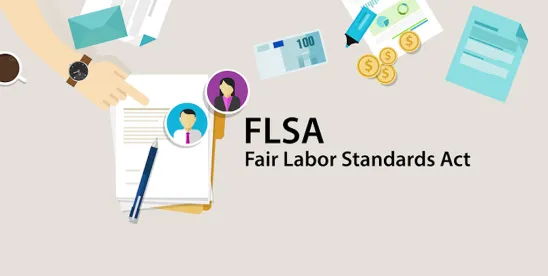On May 1, 2025, the Department of Labor (DOL) issued a field assistance bulletin providing guidance to the DOL’s Wage and Hour Division staff about the “analysis to apply when determining employee or independent contractor status for purposes of enforcing the FLSA.” The DOL is in the process of evaluating the issue and working on establishing the appropriate standard to address this question of the standard for determining worker classification under the FLSA.
Under the Biden administration, the DOL issued a rule—Employee or Independent Contractor Classification Under the Fair Labor Standards Act (2024 Rule)—outlining the analysis for determining employee or independent contractor status under the FLSA. The 2024 Rule specified that six factors would be considered to evaluate the nature of the workers’ status, but no single factor was dispositive. These factors were (1) worker opportunities for profit or loss, (2) worker and potential employer investments, (3) work relationship permanence, (4) employer control over work, (5) extent to which work performed was integral to employer’s business, and (6) use of worker skill and initiative.
The DOL will no longer apply this analysis. Instead, until a new standard is issued, the DOL’s Wage and Hour Division will enforce the FLSA based on Fact Sheet #13 (2008) and as further informed by Opinion Letter FLSA2019-6 (which the Biden administration withdrew but is now reinstated as FLSA2025-2). Fact Sheet #13 emphasized that there is no “single rule or test” for determining worker classification, but there are seven significant factors to consider:
- the extent to which the services rendered are an integral part of the principal’s business;
- the permanency of the relationship;
- the amount of the alleged contractor’s investment in facilities and equipment;
- the nature and degree of control by the principal;
- the alleged contractor’s opportunities for profit and loss;
- the amount of initiative, judgment, or foresight in open market competition with others required for the success of the claimed independent contractor; and
- the degree of independent business organization and operation.
Fact Sheet #13 also highlighted that certain factors are “immaterial” to the analysis. These factors include (1) place where work is performed, (2) absence of formal employment agreement, (3) whether the alleged independent contractor is licensed by the state/local government, and (4) the time or mode of pay.
The now-reinstated Opinion Letter FLSA2019-6, issued during the first Trump administration, outlines the DOL’s Wage and Hour Division’s position on gig economy worker classification. The letter analyzes the status of workers who are engaged through a virtual marketplace platform.
Since these workers were not economically dependent on the virtual marketplace platform, did not have a permanent working relationship with the platform, are able to switch to working for different platforms, have opportunities for profit and loss (even if the platform sets prices), are not integrated into the platform (e.g., they do not develop, maintain, or operate the platform), and the platform did not invest in facilities or equipment for the workers, the workers could be classified as independent contractors.
While the DOL continues to evaluate the appropriate standard, stakeholders should exercise heightened caution when structuring working relationships and reexamine current classifications in light of this regulatory shift.




 />i
/>i
